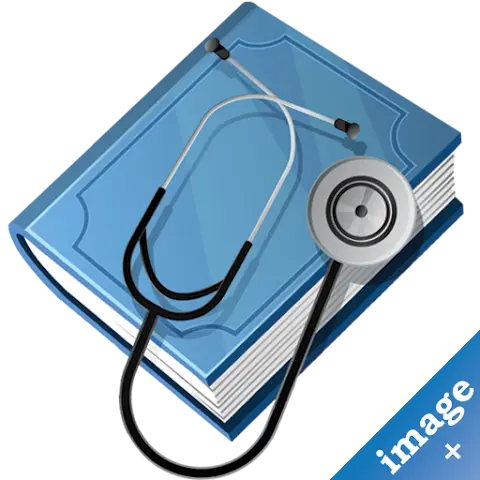Angina
Other names: Angina pectoris, Stable angina, Unstable angina
DEFINITION
Angina is chest pain caused by reduced blood flow to the heart muscle, typically a symptom of Coronary artery disease. It can be described as squeezing, pressure, heaviness, tightness, or pain in the chest.
SYMPTOMS
- Chest pain or discomfort
- Pain in arms, neck, jaw, shoulder, or back
- Nausea
- Fatigue
- Shortness of breath
- Sweating
- Dizziness
CAUSES
Angina is primarily caused by reduced blood flow to the heart muscle due to Coronary artery disease. Factors like physical exertion, emotional stress, cold temperatures, heavy meals, and smoking can trigger Angina.
RISK FACTORS
- Tobacco use
- Diabetes
- High blood pressure
- High cholesterol or triglyceride levels
- History of Heart disease
- Older age
- Lack of exercise
- Obesity
- Stress
COMPLICATIONS
The most severe complication of Angina is a Heart attack. Signs include chest pain lasting more than a few minutes, pain spreading to arms/back/jaw, shortness of breath, sweating, and nausea.
PREPARING FOR YOUR APPOINTMENT
If experiencing sudden chest pain (unstable Angina), seek immediate medical help. Prepare for your appointment by noting symptoms, personal information, medications, and questions for your doctor.
TESTS AND DIAGNOSIS
Tests to diagnose Angina may include an Electrocardiogram (ECG), stress test, echocardiogram, nuclear stress test, Chest X-ray, blood tests, coronary angiography, and cardiac CT scan.
TREATMENTS AND DRUGS
Treatment options for Angina include lifestyle changes (quitting smoking, weight management), medications (nitrates, aspirin), and medical procedures/surgery (angioplasty/stenting or bypass surgery).
LIFESTYLE AND HOME REMEDIES
Preventive measures for Angina include quitting smoking, controlling health conditions like high blood pressure and diabetes, following a healthy diet and exercise routine, maintaining a healthy weight, and reducing stress levels.
QUESTIONS
- What is Angina?
Angina is chest pain caused by reduced blood flow to the heart muscle.
- What are the symptoms of Angina?
Symptoms include chest pain/discomfort, pain in arms/neck/jaw/shoulder/back, nausea, fatigue, shortness of breath, sweating, and dizziness.
- What are the risk factors for Angina?
Risk factors include tobacco use, diabetes, high blood pressure/cholesterol/triglycerides, history of heart disease, older age, lack of exercise, obesity, and stress.
- How is Angina diagnosed?
Diagnosis involves tests like ECG/EKG, stress test, echocardiogram, nuclear stress test, Chest X-ray; blood tests; coronary angiography; and cardiac CT scan.
- What are the treatment options for Angina?
Treatments include lifestyle changes (quitting smoking), medications (nitrates/aspirin), and medical procedures/surgery (angioplasty/bypass surgery).
- What are the complications of Angina?
The most severe complication is a Heart attack.
- When should you seek immediate medical help for Angina symptoms?
If experiencing sudden chest pain that lasts longer than a few minutes and doesn't go away with rest or medication.
- How can Angina be prevented at home?
By making lifestyle changes like quitting smoking; managing health conditions; following a healthy diet/exercise routine; maintaining a healthy weight; and reducing stress levels.
- What are the common signs of a Heart attack related to Angina?
Signs include chest pain spreading to arms/back/jaw/teeth; shortness of breath; sweating; fainting; nausea/vomiting; and an impending sense of doom.
- What are the differences between stable and unstable Angina?
Stable Angina occurs with exertion and goes away with rest while unstable Angina can occur at rest and is more severe lasting longer than stable Angina.
